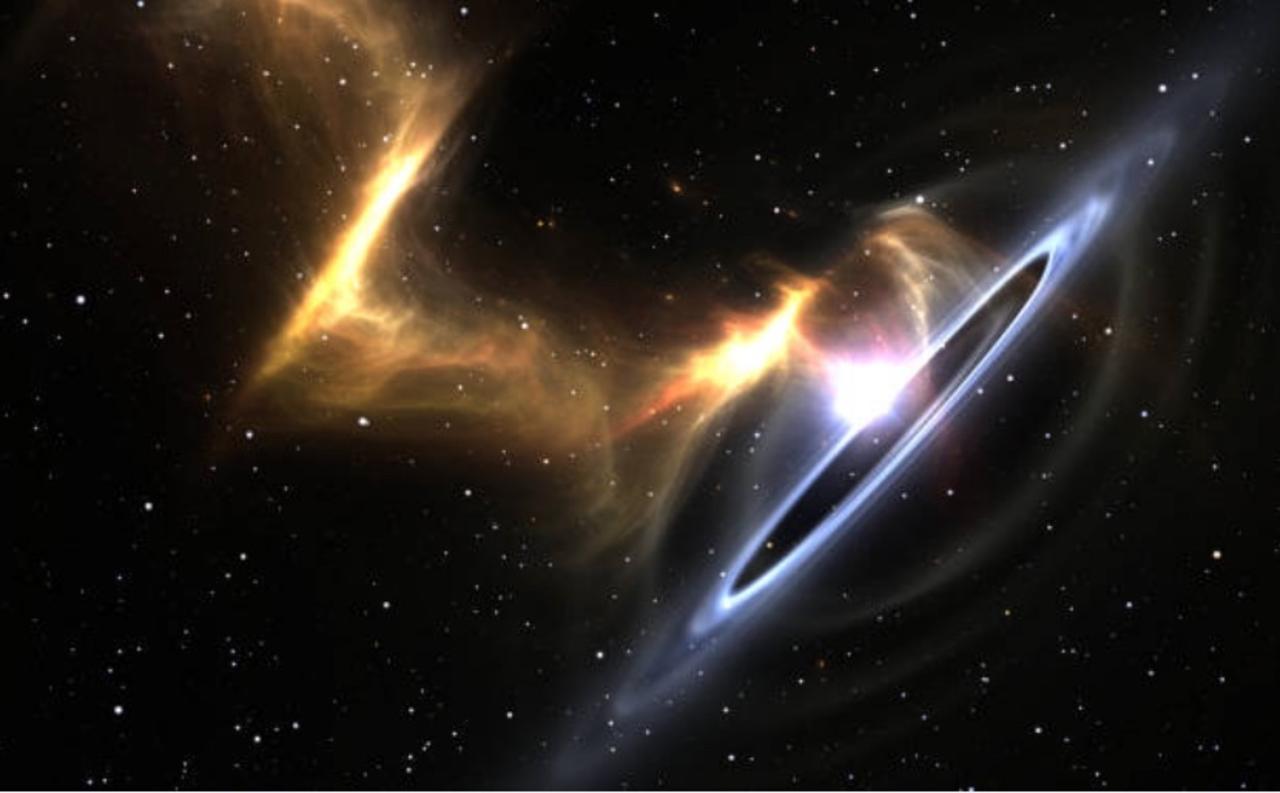
Astronomers Discover Rare, Reversed Black Hole , For the First Time.
'The Independent' reports that NASA has detected what they believe to be the spontaneous reversal of a black hole's magnetic poles.
.
Rapid changes in visible and ultraviolet light have been seen in a few dozen galaxies similar to this one, Sibasish Laha, Research scientist at the University of Maryland, Baltimore County and Nasa’s Goddard Space Flight Center, via 'The Independent'.
But this event marks the first time we’ve seen X-rays dropping out completely while the other wavelengths brighten, Sibasish Laha, Research scientist at the University of Maryland, Baltimore County and Nasa’s Goddard Space Flight Center, via 'The Independent'.
Astronomers first noticed that a galaxy called 1ES1927+654 had brightened by nearly 100 times in March 2018.
.
Astronomers first noticed that a galaxy called 1ES1927+654 had brightened by nearly 100 times in March 2018.
.
According to further research, the eruption had begun at the end of 2017.
.
It was very exciting to delve into this galaxy’s strange explosive episode and try to understand the possible physical processes at work, José Acosta-Pulido, Co-author at the Canary Islands Institute of Astrophysics, via 'The Independent'.
'The Independent' reports that a supermassive black hole resides at the center of most large galaxies.
According to astronomers, the magnetic field of the black hole is what creates and sustains the corona, a cloud of extremely hot particles that produce high-energy x-rays.
A magnetic reversal, where the north pole becomes south and vice versa, seems to best fit the observations.
The field initially weakens at the outskirts of the accretion disk, leading to greater heating and brightening in visible and UV light, Mitchell Begelman, Co-author and professor in the department of astrophysical and planetary sciences at the University of Colorado Boulder, via 'The Independent'.
The team's findings have been accepted for publication in 'The Astrophysical Journal.'

